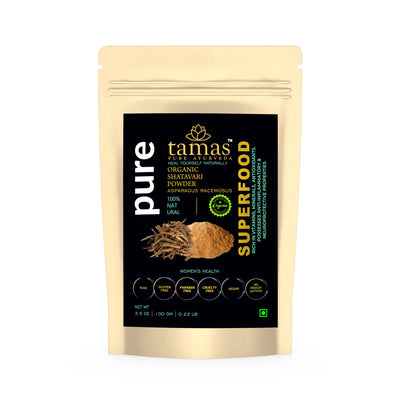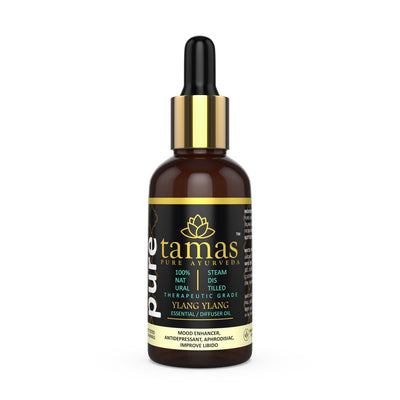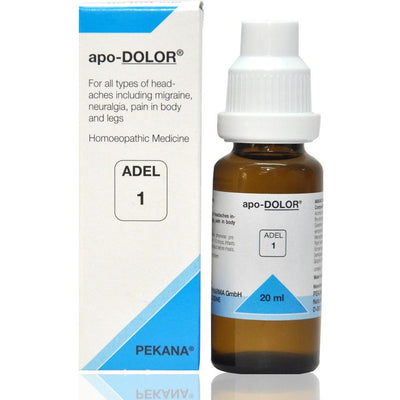
Sahacharadi Kwath Tablet
The Sahacharadi Kwath Tablet is an Ayurvedic medicine, usually prescribed for varicose veins and sciatica treatment. It has natural Ayurvedic ingredients that are specially chosen for their benefits to people suffering from both varicose veins and sciatica. The medicinal treatment has to be supported with dietary recommendations as prescribed by an Ayurvedic doctor to balance the Doshas that are causing the issues. Lifestyle habits, as well as other external treatments, might be advised if needed.
Ingredients
Varicose veins are large and visibly swollen veins that are seen on the legs and feet. The veins appear this way because of ineffective blood flow on account of the valves in the blood vessels that do not work properly. When the problem progresses it causes swelling and pain. Further progression of varicose veins makes them liable to rupture easily. They can also form ulcers on the surface of the skin.
Western Medicine - Varicose Veins And Sciatica
Ayurveda - Varicose Veins And Sciatica
Ayurveda describes the obstruction of circulation as Siragranthi (obstructive circulation). This is caused due to Vata increasing factors. Vata is a drying Dosha. The vitiated Vata enters the veins and causes Sankocha (constriction), Vishoshana (drying) and Sampeedana (Squeezing) of the Siras or Veins. This can also cause Granthi (cyst). Prana is the life energy of the body and it governs Ojas and Tejas that are subtle forms of energy in the body. The Ojas when displaced causes Kapha related problems and when low causes Vata related problems. When Tejas is aggravated it burns the Ojas reducing immunity. Lack of Tejas causes too much unhealthy tissue and blockage of the Prana. This blockage manifests as varicose veins in the circulatory system. Ayurveda recommends that Siragranthi or varicose veins be treated by venesection or Siravyadham or Veshtana which is wrapping the affected limb. Sometimes Basti or therapeutic enemas are given.
The specific habits and conditions that cause Siravyadham are intake of food that is not conducive for the free flow in the channels of the body, overexertion of the legs, constipation, being overweight, too much exertion by a weak person and subjecting the legs to cold water after exertion.
Ayurveda defines the causes of sciatica to be due to Vata vitiation. It’s caused by improper diet as well as bad habits such as exposing the body to cold when it’s hot, straining after meals, excessive sexual activity before the food is digested, improper sleeping habits and suppression of the natural bodily urges. Sciatica pain treatment in Ayurveda includes removing the toxins causing pain and inflammation and medicine for sciatica to prevent further progression of the problem.
The Sahacharadi Kwath Tablet is an Ayurvedic medicine, usually prescribed for varicose veins and sciatica treatment. It has natural Ayurvedic ingredients that are specially chosen for their benefits to people suffering from both varicose veins and sciatica. The medicinal treatment has to be supported with dietary recommendations as prescribed by an Ayurvedic doctor to balance the Doshas that are causing the issues. Lifestyle habits, as well as other external treatments, might be advised if needed.
Ingredients
Sahachara (Strobilanthes ciliatus)
|
Suradaru (Cedrus deodara)
|
Sunthi (Zingiber officinal)
|
Western Medicine - Varicose Veins And Sciatica
- The blood vessels in the human body function in such a way that the arteries carry oxygenated blood from the heart to the rest of the body. The deoxygenated blood returns to the heart via the veins. These veins have non return valves that prevent the backflow of blood and ensure the smooth flow of blood in one direction.
- When these valves do not function properly due to the veins getting stretched out, the flow of blood in the veins is impaired. Blood gets accumulated in the veins and can flow backward. This causes the affected veins to become even more enlarged.
- The veins that are the furthest from the heart are put to the most pressure as it’s more difficult for this blood to return through the veins against the force of gravity. This is why we see varicose veins in the legs.
- There is no specific reason for varicose veins but the risk factors are being overweight, over the age of 50, having family members with the condition, pregnancy, menopause and standing for long periods of time.
- Varicose veins are seen more in women than men.
- People with varicose veins are advised to lose weight, get more exercise, avoid sitting or standing for long periods of time and raise their legs when possible.
- Compression stockings are prescribed for people with varicose veins. These stockings are tighter around the ankle area and loosen up as they go higher thus encouraging the blood to return from the legs easily.
- Very large varicose veins are treated with surgery to remove them. Smaller veins or spider veins are subjected to laser treatment to make them fade.
- Two incisions are made, one near the patient's groin at the top of the target vein, and the other is made further down the leg, either at the ankle or knee. The top of the vein is tied up and sealed. A thin, flexible wire is threaded through the bottom of the vein and then pulled out, taking the vein with it.
- Sclerotherapy is a treatment that involves the injection of a chemical into the vein which then causes it to scar and close.
- Ligation and stripping are treatments for varicose veins that involve the insertion of a wire from the bottom of the vein at the lower end of the leg which is then used to remove that vein from the top. This is not without the small risk of deep vein thrombosis happening.
- Radiofrequency ablation is the application of radiofrequency energy through a catheter inserted into the vein. This heats the vein and causes it to get sealed.
- Endovenous laser treatment uses a laser that is applied through a catheter to heat up the vein and seal it shut.
- Transilluminated powered phlebectomy involves endoscopically threading a light under the skin to examine the veins and remove affected ones.
- A general or local anaesthetic may be used for this procedure. There may be some bleeding and bruising after the operation.
- The sciatic nerve is the widest and longest nerve in the body that goes from the lower back to just below the knee. When there is irritation of the sciatic nerve or compression of the nerve it causes pain that is called sciatica. This pain can be mild or severe.
- Acute attacks of sciatica are treated with painkillers, hot/cold compression packs and stretches/exercises.
- When a person suffers from chronic sciatica painkillers, physical therapy or surgery are the treatment options.
Ayurveda - Varicose Veins And Sciatica
Ayurveda describes the obstruction of circulation as Siragranthi (obstructive circulation). This is caused due to Vata increasing factors. Vata is a drying Dosha. The vitiated Vata enters the veins and causes Sankocha (constriction), Vishoshana (drying) and Sampeedana (Squeezing) of the Siras or Veins. This can also cause Granthi (cyst). Prana is the life energy of the body and it governs Ojas and Tejas that are subtle forms of energy in the body. The Ojas when displaced causes Kapha related problems and when low causes Vata related problems. When Tejas is aggravated it burns the Ojas reducing immunity. Lack of Tejas causes too much unhealthy tissue and blockage of the Prana. This blockage manifests as varicose veins in the circulatory system. Ayurveda recommends that Siragranthi or varicose veins be treated by venesection or Siravyadham or Veshtana which is wrapping the affected limb. Sometimes Basti or therapeutic enemas are given.
The specific habits and conditions that cause Siravyadham are intake of food that is not conducive for the free flow in the channels of the body, overexertion of the legs, constipation, being overweight, too much exertion by a weak person and subjecting the legs to cold water after exertion.
Ayurveda defines the causes of sciatica to be due to Vata vitiation. It’s caused by improper diet as well as bad habits such as exposing the body to cold when it’s hot, straining after meals, excessive sexual activity before the food is digested, improper sleeping habits and suppression of the natural bodily urges. Sciatica pain treatment in Ayurveda includes removing the toxins causing pain and inflammation and medicine for sciatica to prevent further progression of the problem.
You may also like
More from Kerala Ayurveda
More from Aasaan
Recently viewed

















